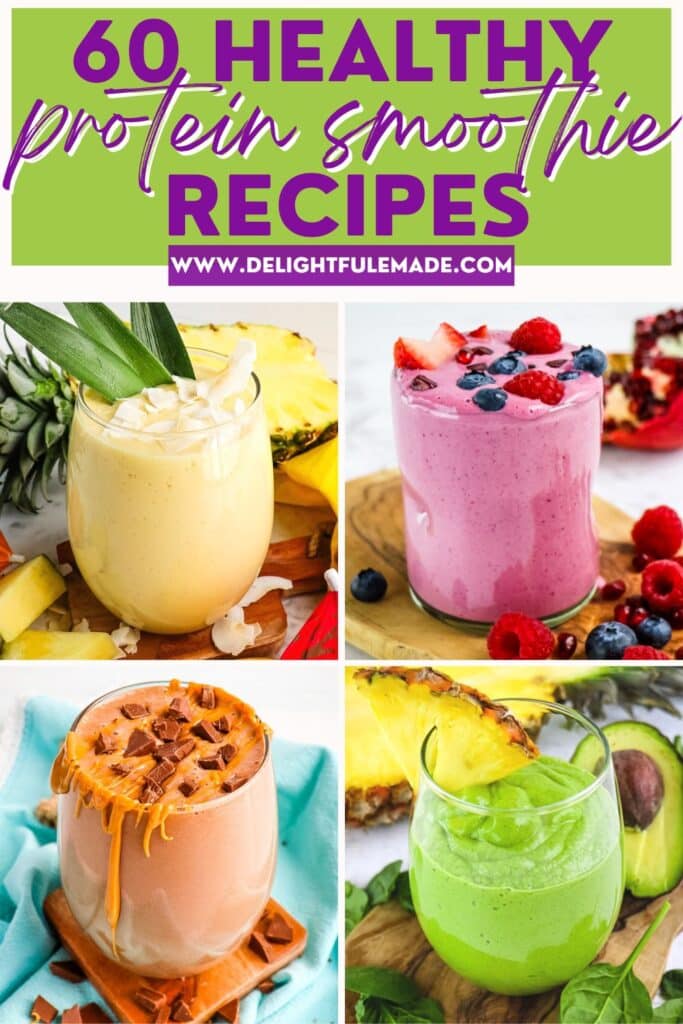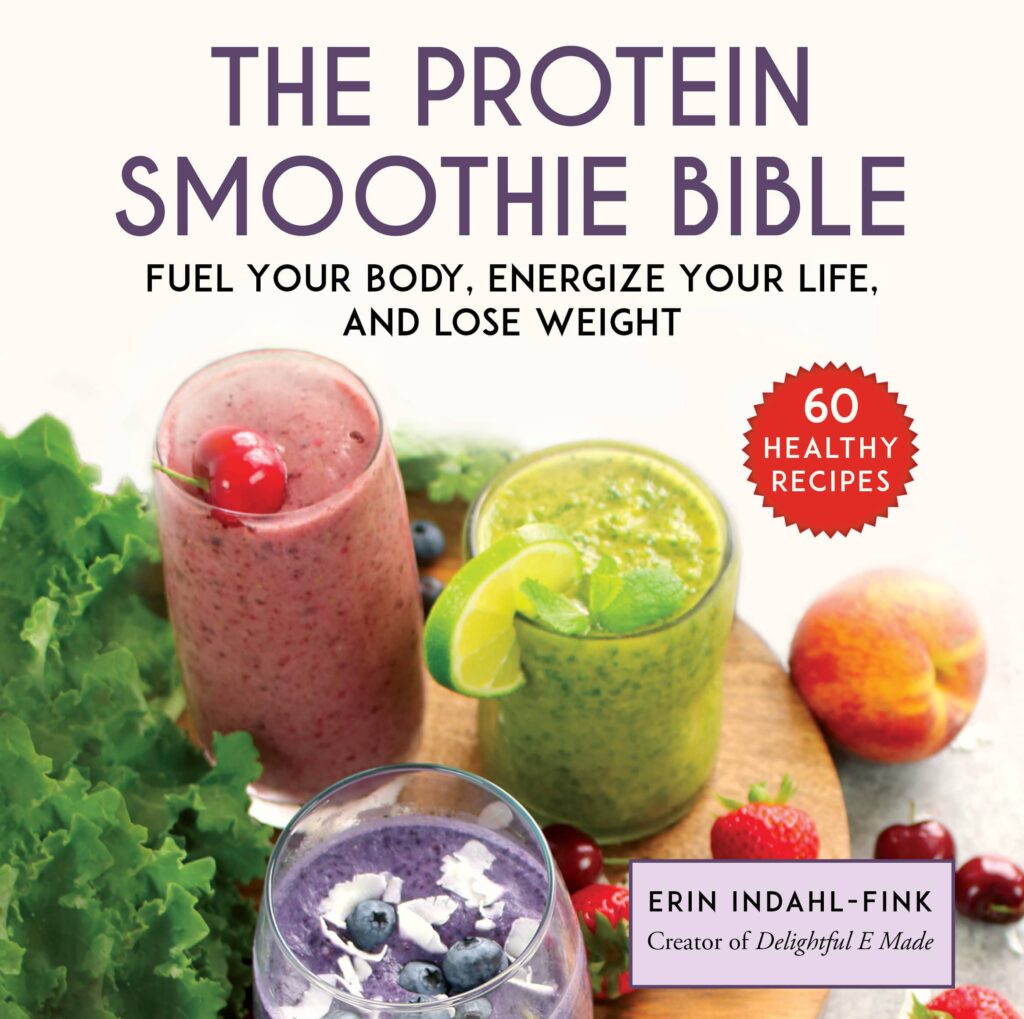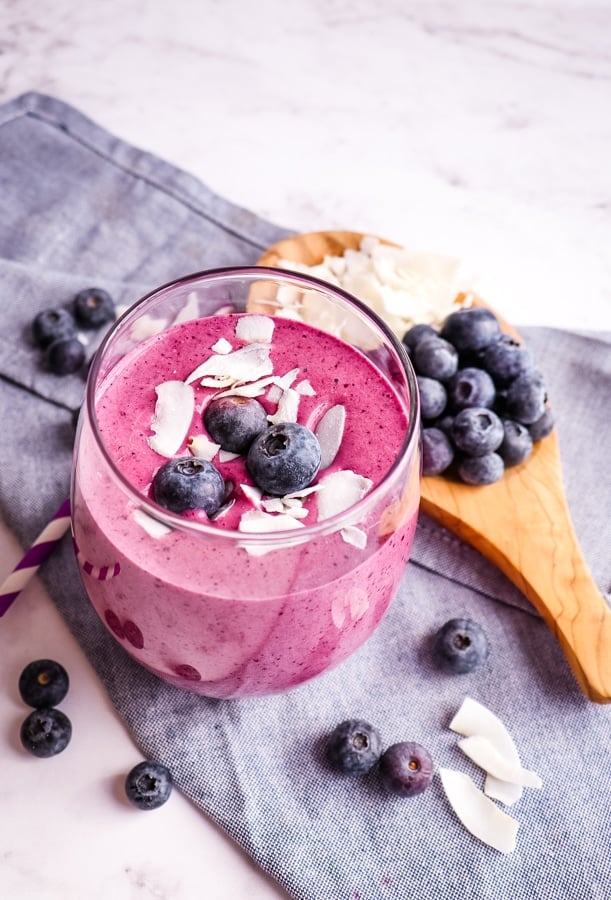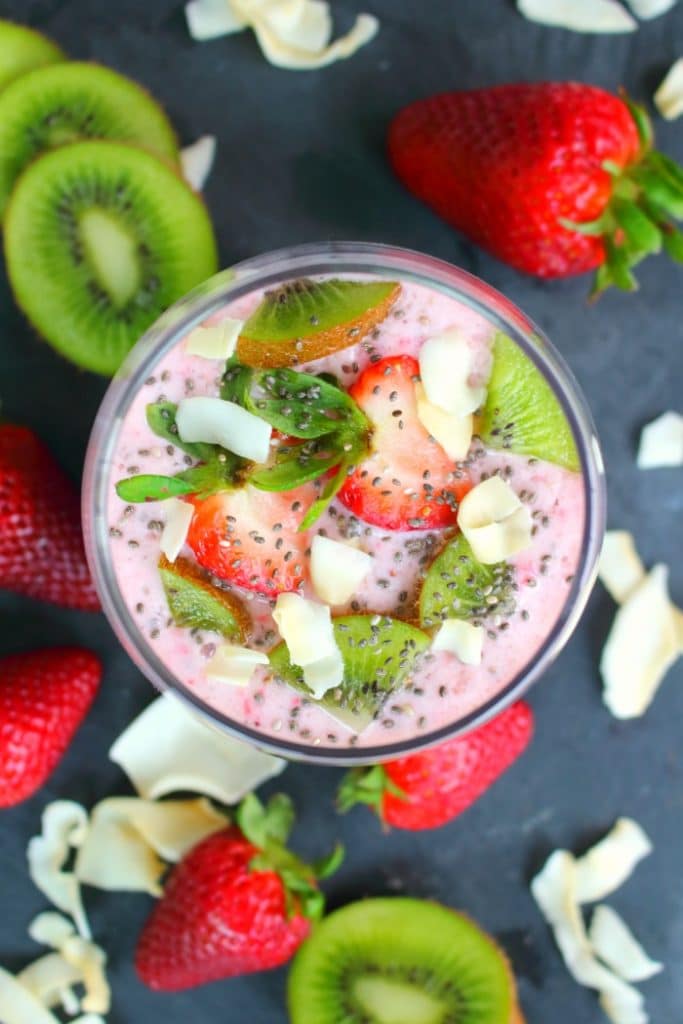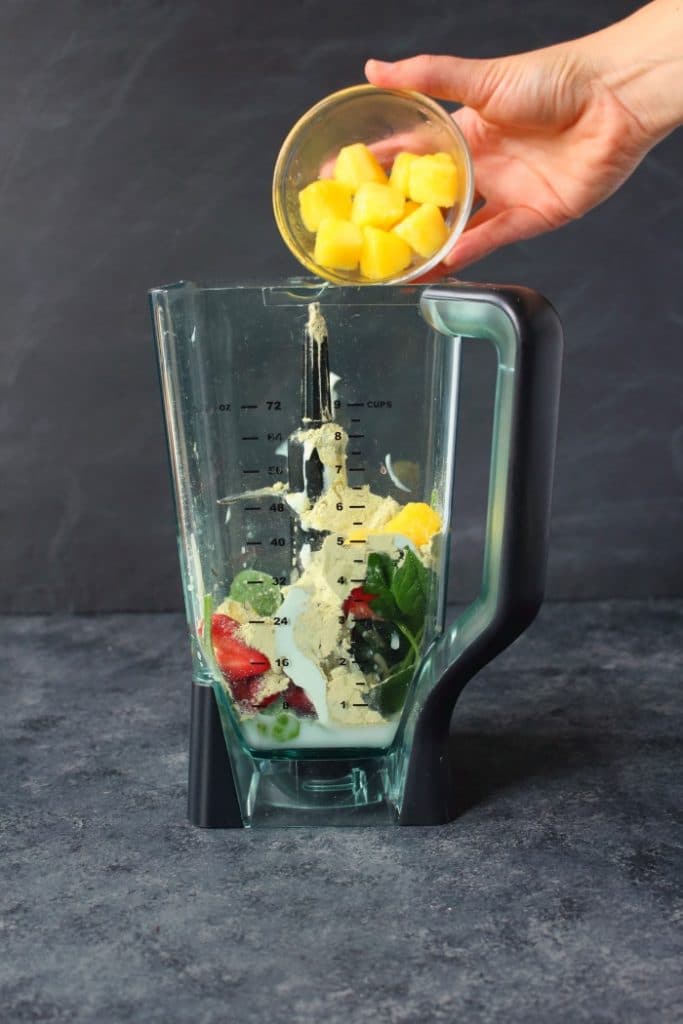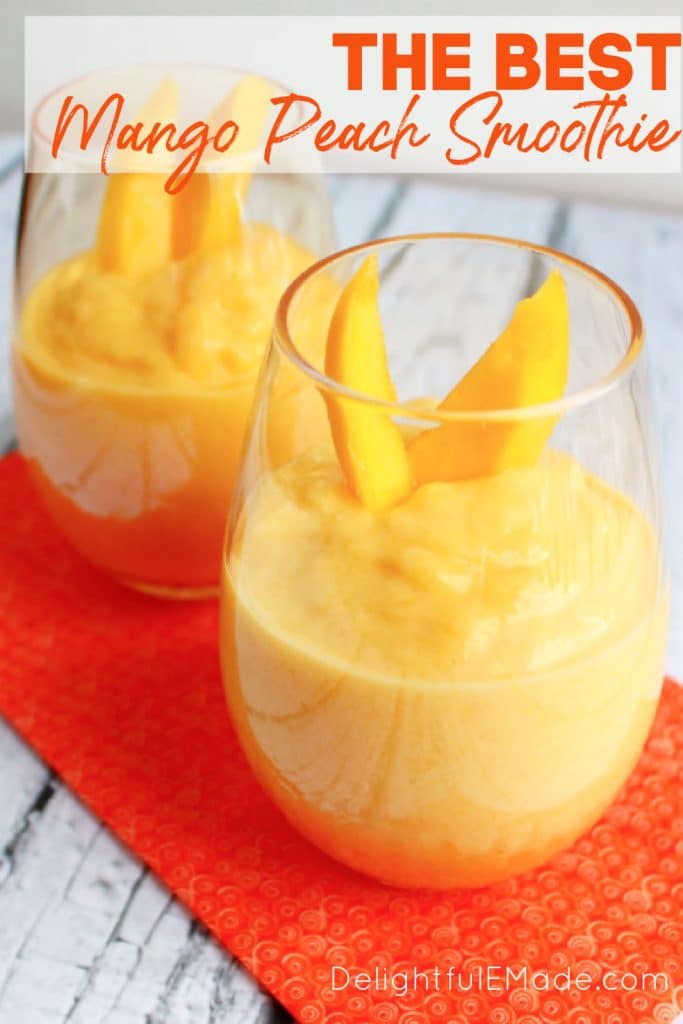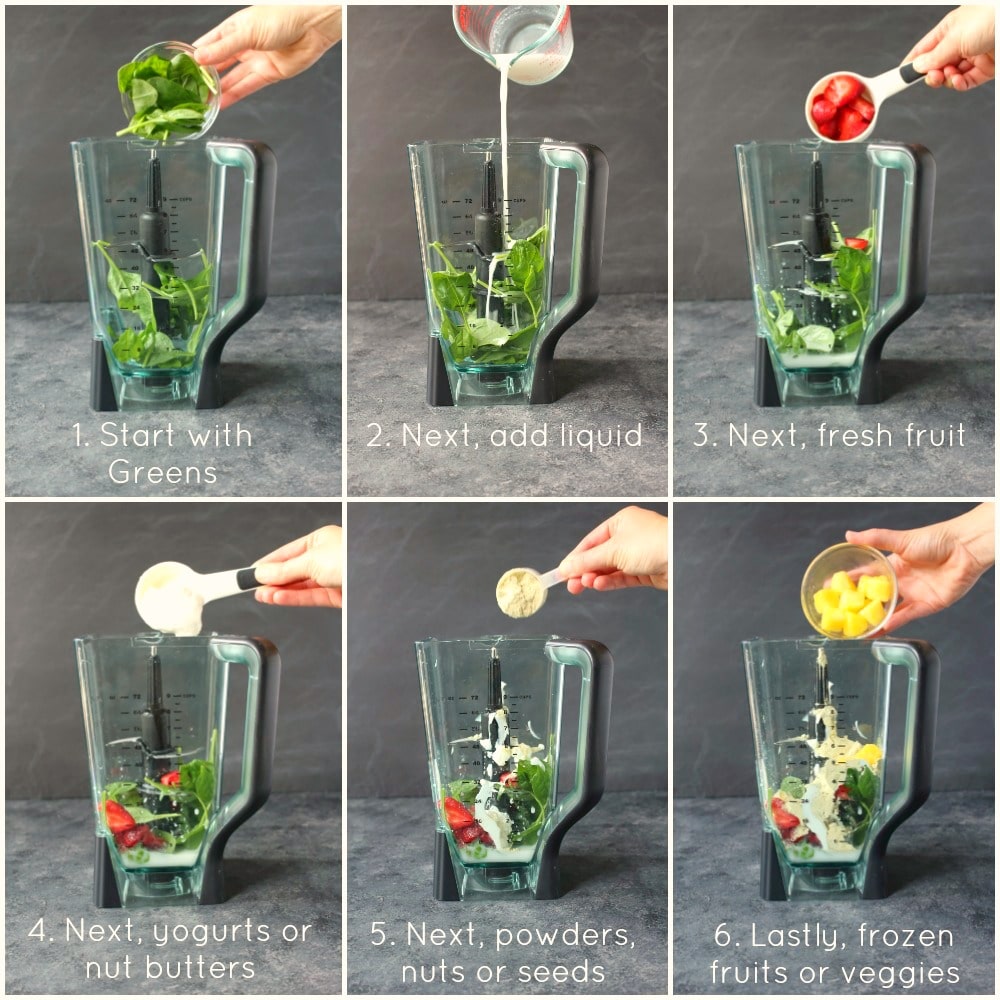Love smoothies, also want to add some protein to your diet, too? The Protein Smoothie Bible is the ultimate resource for making your own protein smoothie recipes. Over 60 simple recipes made with easy-to-find ingredients will have you looking and feeling your absolute best! The BEST resource for protein smoothie recipes for weight loss!
This post may contain affiliate links. Delightful E Made is a participant in the Amazon Services LLC Associates Program, an affiliate advertising program designed to provide a means for us to earn fees by linking to Amazon.com and affiliated sites.
The Ultimate Cookbook for Healthy Protein Smoothie Recipes!
Did you know I authored, wrote and photographed a cookbook? I created The Protein Smoothie Bible as a resource for anyone looking to jump-start their health or begin a weight loss journey. I also created it for those that love smoothies just as much as I do!
The Protein Smoothie Bible is loaded with homemade protein smoothie recipes that are easy to make, use accessible/real-life ingredients, and are quick – each recipes take 5 minutes or less to make. The cookbook offers over 60 protein smoothies recipes for weight loss, and for looking and feeling your absolute best!
This page will also give you some additional information and resources on the tools I use, along with answering some of your most frequently asked questions.
Why are homemade protein smoothie recipes a good option?
Homemade protein smoothies can offer a multitude of nutrients, including a excellent amount of protein, vitamins, minerals and fiber. Starting your day with a healthy protein smoothie will help your energy, aid in digestion and provide a way for your body to recover after a workout.
Another big benefit to making your own smoothie at home; YOU get to control the ingredients! When you buy a fast-food smoothie, you little control of the ingredients they are using. Fast-food smoothies often contain huge amounts of refined sugar, syrups and unhealthy ingredients. The portions are also huge, meaning you’ll often have a smoothie that is in excess of over 1000 calories.
Recipes like my Healthy Blueberry Smoothie, Raspberry Almond Chia Smoothie, Berry Pomegranate Smoothie, Pina Colada Smoothie and my Strawberry Kiwi Smoothie all provide an excellent source of anti-oxidants from the berries. The berries help reduce inflammation in your body (great-post workout recovery drink!) and provide much-needed protein for building muscle tissue.
How much protein do I need a day?
According to this article published by Harvard Medical School, the average individual needs approximately .8 grams of protein per kilogram of body weight. Another way to calculate your needed protein is to multiply your body weight (in pounds) by .36. This will give you a rough estimate of how many grams of protein you need on a daily basis.
These estimates may not be as accurate, given your age and activity level. If you’re looking to get a more accurate number of protein grams you need per day, use this protein calculator, which takes into account your age, gender, weight, height and activity level.
Why should I add protein to my smoothie?
Adding extra protein to your smoothie is helpful in building and maintaining muscle mass. Protein is also proved to help keep you full and satiated, so you stay fuller longer. No more mid-morning snack attacks!
According to the American Journal of Clinical Nutrition, many Americans are not getting enough protein. The article suggests that most Americans are only consuming 16% of their daily caloric intake is calories from protein. This is anything but excessive!
As we age, especially female bodies, we need to preserve muscle mass to protect our bone density. Additionally, maintaining a lean, fat-burning physique is critical in maintaining an overall healthy body and immune system.
What are the best sources of protein for a smoothie?
Here are the best ingredients to include in your smoothie if you want to add more protein:
- Plain Greek yogurt
- Dairy milk
- Kefir
- Cottage Cheese
- Tofu (if you want a plant-based protein source)
- Collagen Peptide Protein Powder – I like this Unflavored one from Zhou Nutrition
- Protein Powder: I like Orgain Chocolate and Orgain Vanilla Protein Powder. These have almost no refined sugar and they also offer plant-based options.
When making protein smoothie recipes for weight loss, prioritizing protein and fiber will help keep you fuller, longer. This is very helpful in preventing mid-day or late-day snacking.
How do you make a good smoothie?
I created a tutorial at Food.com for How to Make A Smoothie. I break it down into four ingredient categories. Here’s what you’ll need to make a smoothie:
- Fruits and Vegetables: the sky is the limit. You can add just about any fruit and/or vegetable combination. Think berries, pineapple, melon, kiwi, apples, bananas, cherries, peaches, leafy greens, and even broccoli are all up for grabs!
- Liquid Base: To ensure the smoothie blends properly, you’ll need liquid to thin it out. Here are some good suggestions: diary or plant-based (coconut, oat, almond, cashew) milks, green tea, coffee, coconut water and kombucha. To keep your smoothie healthy, read your labels carefully – opt for liquids that have the least amount of sugar per serving.
- Thickener: To thicken your smoothie, you have several options. Yogurt is a popular option, especially plain Greek yogurt, which is an excellent source of protein. Nut and seed butters along with avocados are great for some added healthy fats. Frozen bananas, frozen cauliflower rice, and even sweet potatoes are all great, nutrient-dense thickening agents.
- Sweetener: Be careful with your sweeteners – this is where calories can add-up quick. My preferred sweeter is this granular Monk Fruit sweetener by Whole Earth, but you can also use honey or maple syrup, sparingly. A teaspoon will go a long way. You can also rely on sweet fruit, (like cherries, berries, peaches or a frozen banana) which is a great, non-refined sugar source. Dates are also a good option, just be sure to remove the center pit before blending.
A couple of my sweet-tasting smoothies like my Mango Pineapple Smoothie and Coconut Smoothie are sweetened simply with fruit. No extra sweetener is needed!
Ingredients you should avoid when making a smoothie:
Here are the ingredients you should avoid when making a smoothie. These will add extra calories and often unhealthy refined sugar, making you feel sluggish and drained.
- Refined sugar (brown sugar, granulated sugar)
- Chocolate syrup
- Canned fruit in syrup (Opt for fresh or frozen fruit. If you must use canned, look for fruit packed in water.)
- Agave Nectar
- Ice Cream or Sorbet
- Flavored yogurt (check your labels – these typically have loaded of added/refined sugar)
- Sugary juices
- Fruit Pie Fillings
- Raw or cooked meat (unsafe to consume in a smoothie)
- Raw or cooked fish (unsafe to consume in a smoothie)
- Eggs – raw or cooked (unsafe and rather unappetizing)
When making protein smoothie recipes for weight loss, keeping to simple ingredients like whole fruit (fresh or frozen) milks, leafy greens, and vegetables is ideal.
What is a serving size of a smoothie?
A serving size for a smoothie is 1 cup or 8 fluid ounces. This mango peach smoothie pictured above is an accurate 8 oz serving size. When making protein smoothie recipes for weight loss, this is the ideal serving size.
Often, “fast-food” smoothies will often provide excessive 14 oz. or 20 oz. servings. This is where you can get into trouble. These “healthy smoothies” will often be 1000+ calories, which for many is 1/2 to 2/3 your daily caloric intake.
When purchasing a smoothie, be very discerning with the ingredients (look out for added sugar) and portion size. Better yet, just make a homemade protein smoothie. You will be able to control the ingredients and the portion size, and it will likely taste way better!
How do you make a smoothie with a blender?
A blender is the most common and necessary tool you will need to make a smoothie. How you add the ingredients into the blender may make a difference in how smooth the ingredients will blend. Here is the best order for adding your ingredients:
- Start with any leafy greens, if you are including them
- Next, add the liquid. This will help the blades viscosity.
- Then, add any fresh fruit you want to include.
- Next, add your thickening ingredients, like yogurts or nut butters.
- Then, add any dry ingredients, like protein powders, nuts or seeds.
- Lastly, add any frozen fruits or vegetables.
Blend until you reach your preferred smoothie thickness. Often times you may need to add/adjust liquid or thickener amounts to achieve your desired smoothie thickness.
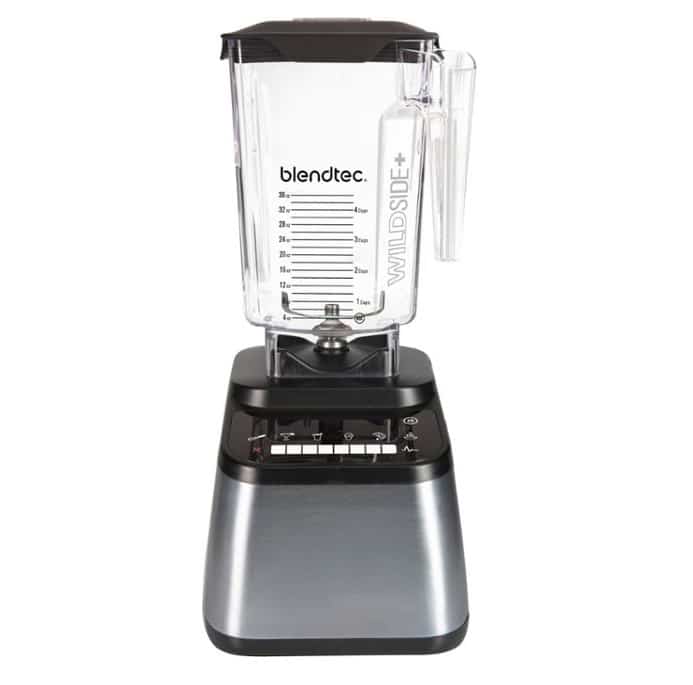
Blendtec 650 Designer Series Blender with Wildside Jar
This is the Blender I use almost DAILY! Everything from smoothies, to cocktails, to waffle and muffin batter and even nut butter, this ultrapowerful blender creates an amazing puree every time. It’s very durable and made to last!
Inspired to make a healthy, delicious protein smoothie recipe? Check out some of my protein smoothie recipes for weight loss here:
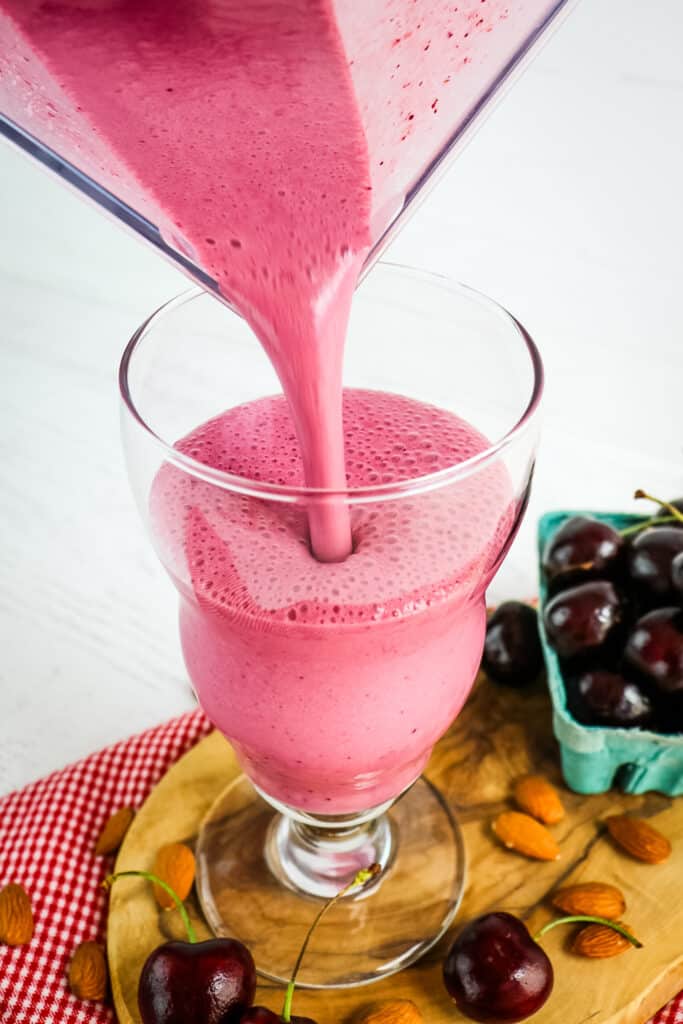
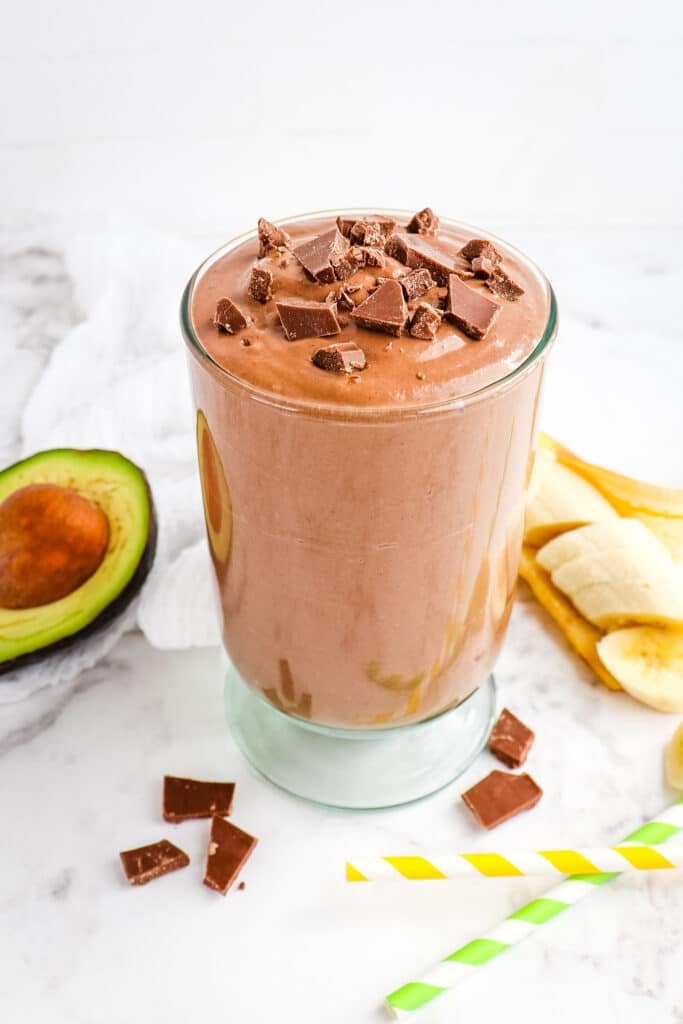
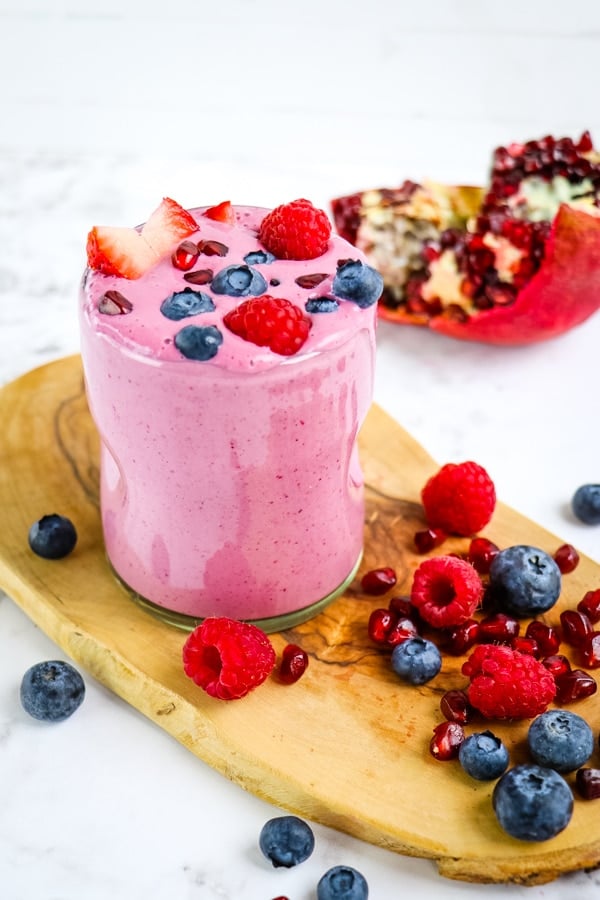
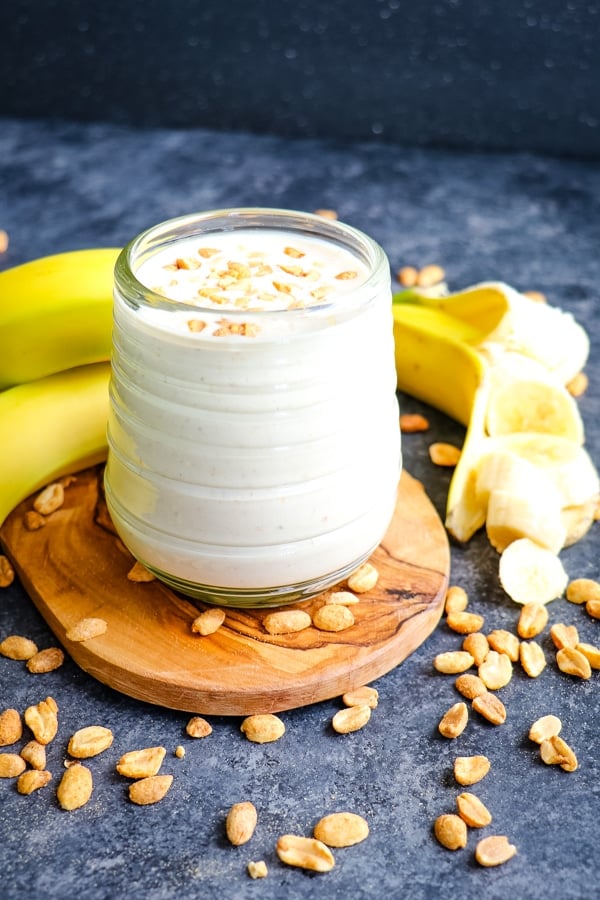
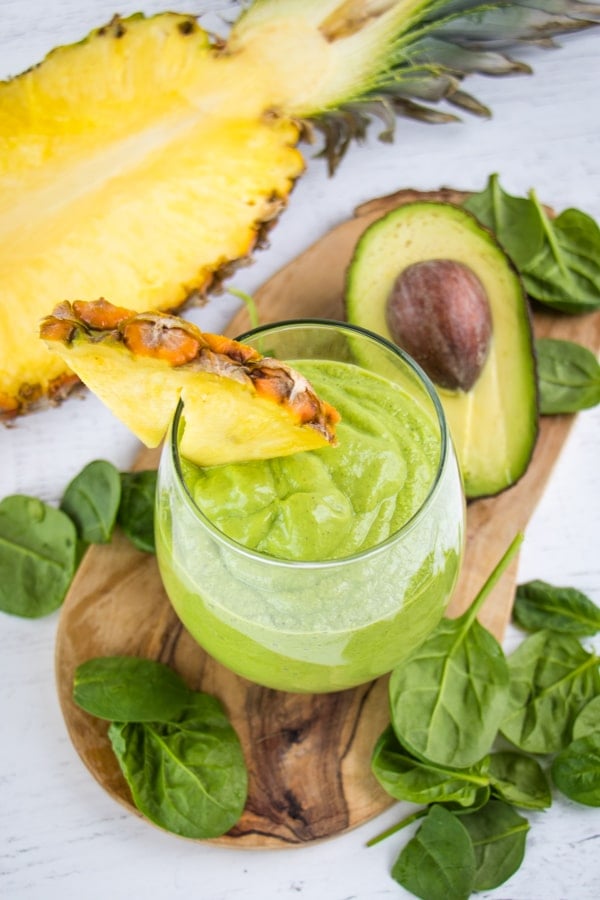
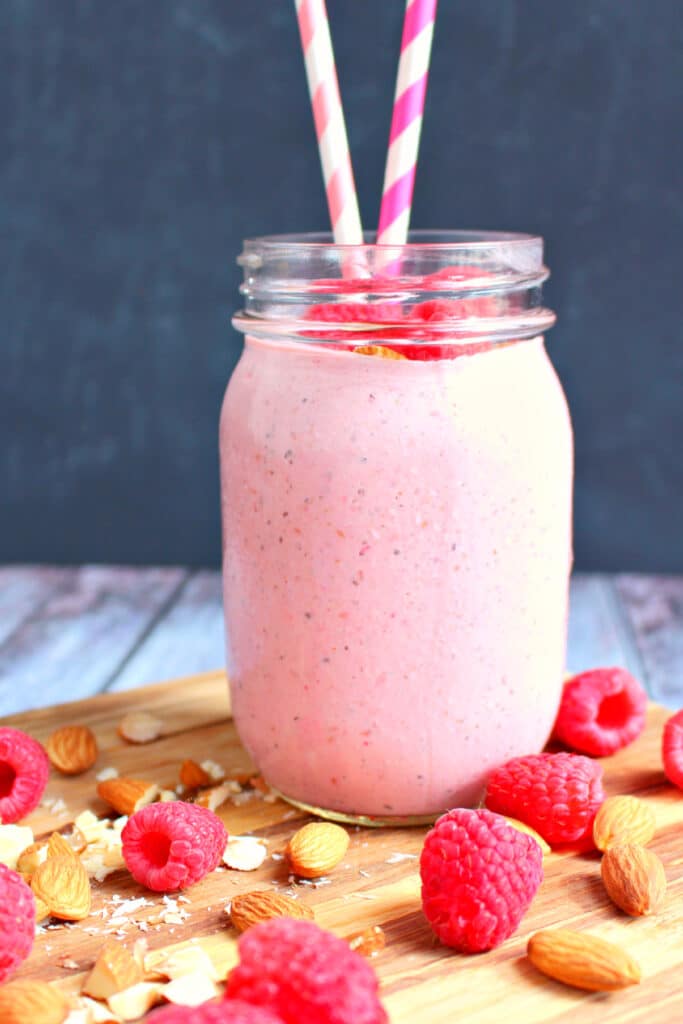
You can also find The Protein Smoothie Bible anywhere books are sold!
